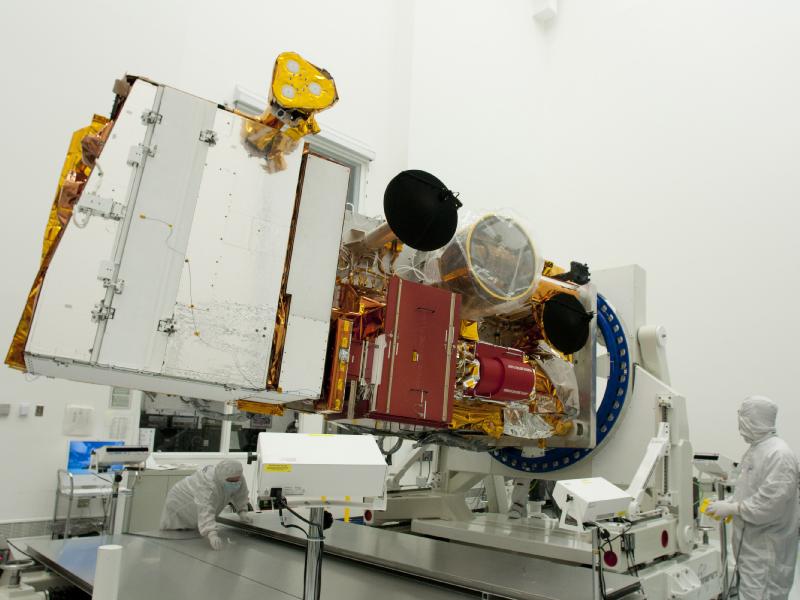
ASL Research
The Atmospheric Spectroscopy Laboratory (ASL) is a member of the UMBC Physics Department and UMBC Joint Center for Earth Systems Technology (JCET). We help NASA and NOAA develop hyperspectral infrared satellite instruments used for numerical weather prediction and for climate studies. Scientific studies done by ASL using these instruments include measurements of volcanic eruptions, dust storms, atmospheric carbon monoxide and carbon dioxidel variability, and surface emissivity variability. We are presently working to improve the calibration of the existing satellite hyperspectral sensors in order to produce climate-quality radiance time-series for climate change studies.
Our work concentrates on three satellite instruments: AIRS (EOS-AQUA), CrIS (SNPP), and IASI (METOP). All three of these hyperspectral infrared radiometers fly in polar orbits, thus mapping out most of the earth twice per day. AIRS, NASA’s Atmospheric Infrared Sounder flying on the EOS-AQUA platform, started operation in late August, 2002 and has an equator crossing time of 1:30. IASI-(1,2) flies on the EUMETSAT METOP-(A,B) platforms with equator crossing times of 9:30. CrIS flies on the Soumi NPP (SMPP) satellite with the same 1:30 crossing time as AIRS. The next CrIS sensor will be part of the NOAA/NASA JPSSS satellite system now in development.
Infrared Hyperspectral Sounders In Orbit
| SNPP CrIS | METOP-1 IASI | EOS-AQUA AIRS |

|

|
 |